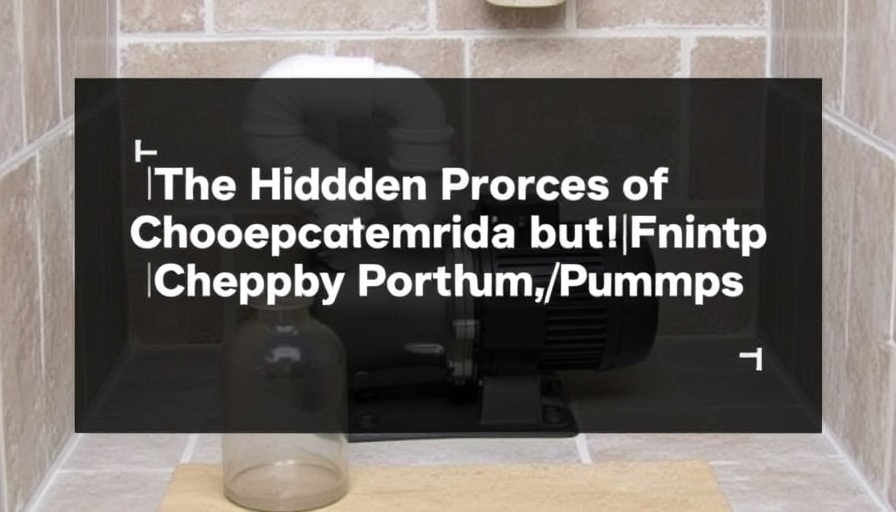
Discover the Advantages of Factory-Built Homes
In the landscape of homeownership, factory-built homes have carved out a significant niche, offering homeowners an array of benefits that traditional site-built houses cannot match. With over 20 million Americans currently residing in manufactured homes, it's time to unpack what this modern housing solution can offer. Factory-built homes not only boast affordability, often costing about 60% less than traditional homes, but they also present a viable choice for those seeking energy-efficient living.
Efficiency and Cost-Effectiveness Make Their Mark
One of the most attractive aspects of factory-built homes is their incredible energy efficiency. Built in controlled environments, these homes are insulated with precision and can include Energy Star-rated appliances, cutting homeowners' utility bills significantly—in some cases, by nearly $500 annually. This energy efficiency derives from stringent building standards and innovative features such as high-efficiency heating and cooling systems, making factory-built homes not only budget-friendly but also environmentally responsible.
The Building Process: How It Works
Understanding the efficiency of construction is pivotal in discussing factory-built homes. Unlike traditional homes—which can be delayed due to inclement weather and other on-site challenges—factory-built homes are constructed under optimal conditions. They’re manufactured in sections in a factory and then transported to the site for assembly, which means they typically can be erected much faster. This rapid turnaround is a major selling point for buyers looking to move into their new homes sooner rather than later.
Financing and Ownership Options
Many prospective homeowners worry about securing financing for factory-built homes. Fortunately, they can access a range of financing options, akin to those available for traditional homes. Mortgage programs from federal agencies and state housing departments often cater to this type of property, including down payment assistance programs aimed at income-eligible borrowers. It's essential for potential buyers to investigate these financing avenues as they consider building or purchasing a manufactured home.
Personal Experience: A Case Study
To illustrate the transition to a manufactured home, let’s reflect on a real-life example: a family currently constructing their dream home in Pennsylvania. They worked with an architect to design a modern layout that aligns with their lifestyle, enjoyed choosing energy-efficient features, and eagerly await the arrival of their home in segments via truck. This journey from design to delivery showcases the burgeoning trend toward factory-built homes and the satisfaction of crafting a personal sanctuary that meets contemporary needs.
Final Thoughts and Upcoming Trends
The landscape of housing is evolving, with factory-built homes leading the charge in offering a powerful blend of affordability, efficiency, and customization. As more builders adopt energy standards set by the Department of Energy, consumers can expect even more innovative features and consistent quality in manufactured homes. For those considering this option, it represents a smart, practical choice in today’s housing market.
 Add Row
Add Row  Add
Add 




 Add Row
Add Row  Add
Add 

Write A Comment